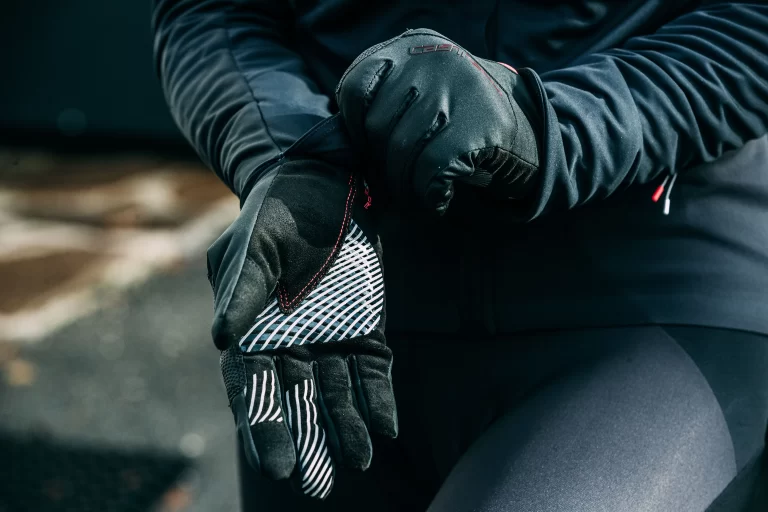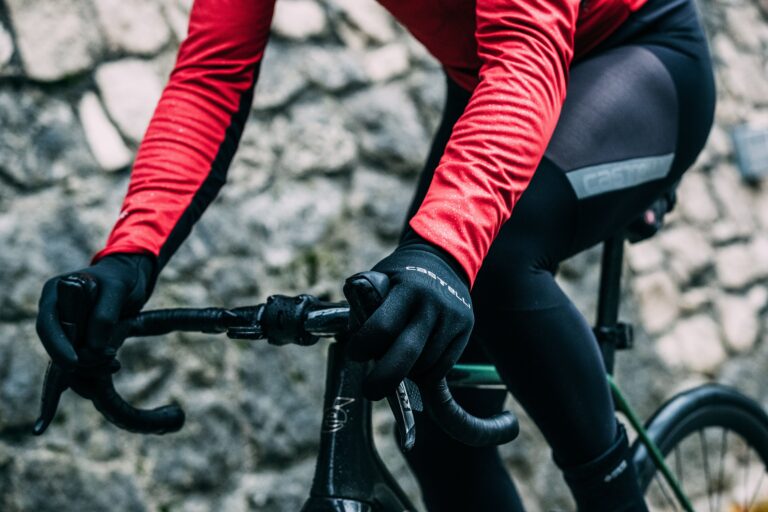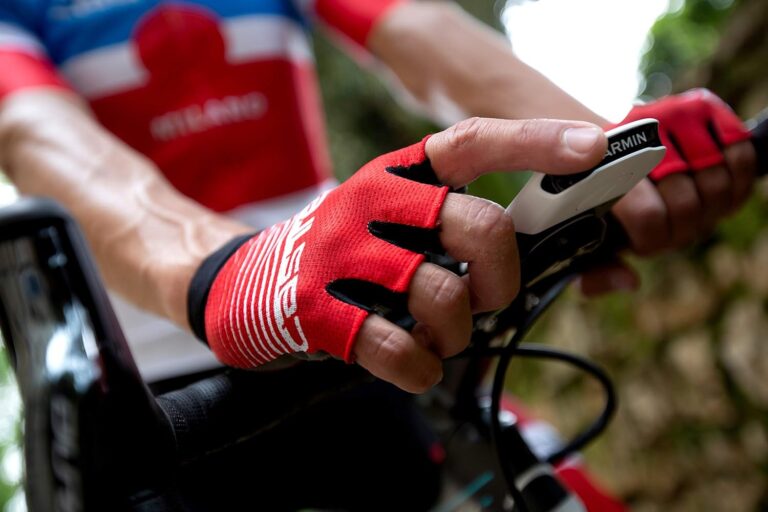Fingerless vs Full Finger Cycling Gloves
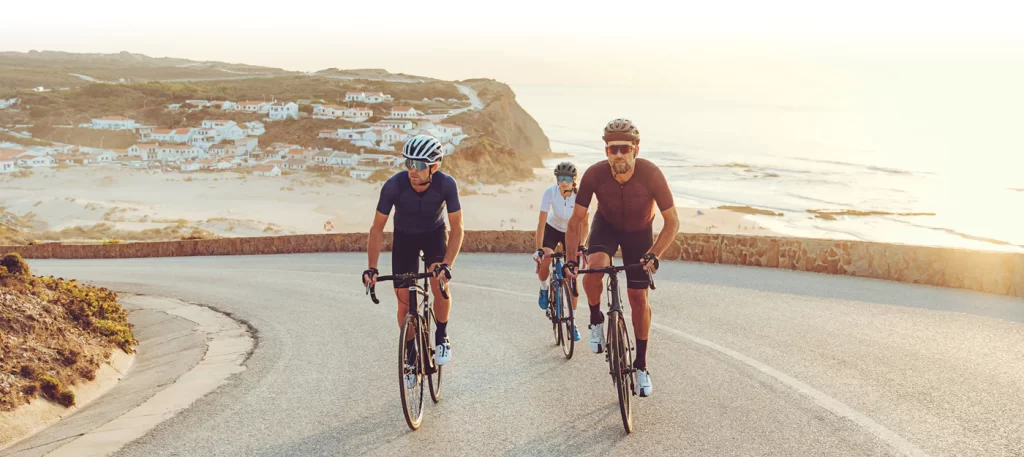
Key Point Summary of Fingerless vs Full Finger Cycling Gloves:
- Fingerless Gloves: Offer better ventilation and tactile feel, ideal for warmer weather and road cycling.
- Full Finger Gloves: Provide comprehensive protection and warmth, suitable for cooler conditions, mountain biking, and gravel riding.
- Comparison: Evaluates comfort, protection, versatility, and specific uses.
- Usage Scenarios: Tailored advice on selecting gloves based on cycling discipline, weather conditions, and personal preference.
In the world of cycling, choosing the right gear can make a significant difference in your ride experience, comfort, and performance. Among the various pieces of equipment, cycling gloves play a crucial role, offering protection, grip, and comfort. Two main types of gloves are popular among cyclists: fingerless and full finger gloves. Each has its unique benefits and usage scenarios, and understanding these can help you make an informed decision tailored to your cycling needs.
Fingerless Gloves: When Less is More
Fingerless gloves, often preferred by road cyclists and those riding in warmer climates, excel in providing comfort without compromising on grip or protection. The absence of material over the fingers enhances breathability, preventing hands from becoming overly sweaty and slippery on the handlebars. This design also offers a greater tactile feel, allowing for easier manipulation of bike controls, smartphones, or GPS devices.
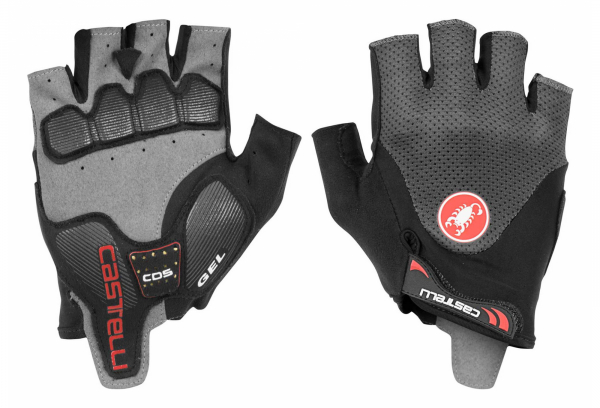
Full Finger Gloves: Full Coverage, Full Protection
Conversely, full finger gloves are favored among mountain bikers, gravel riders, and cyclists braving cooler conditions. They offer full coverage, protecting the fingers from abrasions, cold air, and the elements. For off-road riders navigating through rough terrain, these gloves can be a safeguard against scrapes and cuts from vegetation or in case of a fall. Additionally, many full finger gloves incorporate touch-compatible fingertips, ensuring you don’t lose out on using modern tech on the go.
Making the Comparison: Key Factors to Consider
- Protection: Full finger gloves generally offer more comprehensive protection against environmental elements and injuries. Fingerless gloves, while providing essential palm protection and grip, leave the fingers exposed.
- Comfort and Temperature Regulation: Fingerless gloves win in terms of ventilation and are more comfortable in hot weather. Full finger gloves are preferable in cooler conditions, offering warmth without sacrificing too much breathability, thanks to modern materials.
- Versatility: Full finger gloves tend to be more versatile, catering well to various riding styles and conditions. Fingerless gloves, while excellent for road cycling and hot weather, might not be the best choice for colder climates or more technical riding.
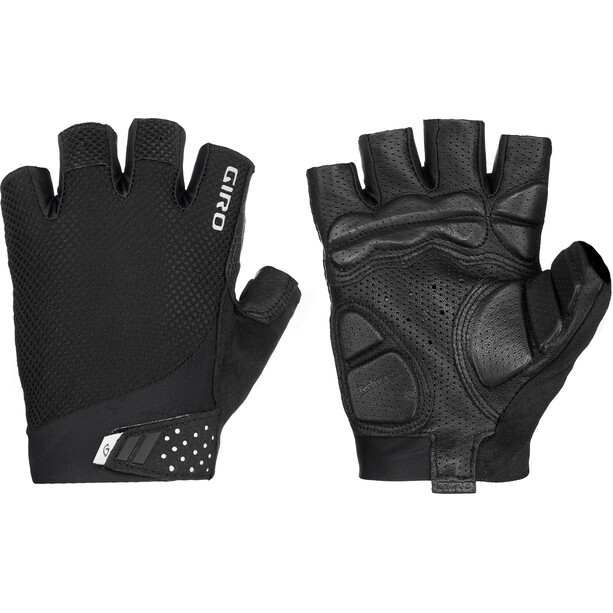
Usage Scenarios: Finding Your Perfect Pair
Choosing between fingerless and full finger gloves often comes down to your primary cycling discipline and the typical weather conditions you face. For road cyclists and those who prioritize speed and efficiency in warm weather, fingerless gloves are a stellar choice. They provide the necessary grip and comfort, allowing for precise control and ventilation.
Mountain bikers, gravel riders, and those cycling in cooler temperatures or demanding conditions will likely find full finger gloves to be a better fit. The added protection against the elements and potential hazards can make a significant difference in comfort and safety.
Fingerless vs Full Finger Cycling Gloves: Final Thoughts
The choice between the two often comes down to the specific demands of the ride ahead. For leisurely summer road rides, I gravitate towards fingerless gloves for their breathability and comfort. However, when the trails call or the temperature drops, I switch to full finger gloves for their unmatched protection and warmth.
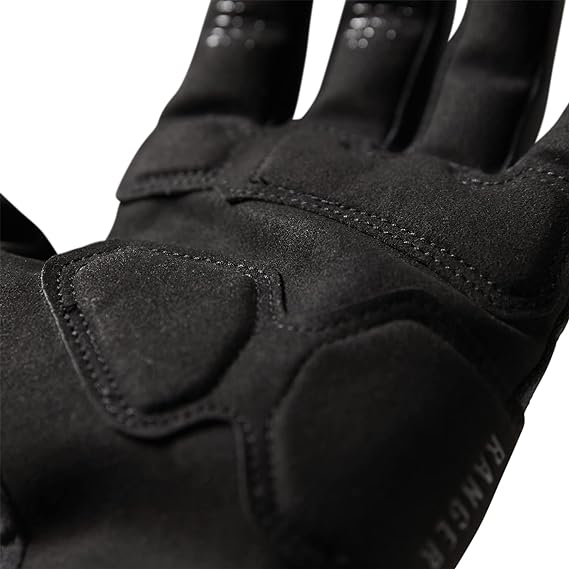
In conclusion, there’s no one-size-fits-all answer when it comes to choosing between fingerless and full finger cycling gloves. Both styles have their place in a cyclist’s wardrobe, and the best choice depends on the type of cycling you enjoy, the conditions you typically ride in, and personal preference. By considering the factors outlined above, you can select the right pair of gloves to enhance your cycling experience, ensuring comfort, protection, and performance on all your rides.
Best Fingerless Gloves:
- Castelli Arenberg Gel 2: Great for road cycling, offers gel padding and breathability.
- Pearl Izumi Elite Gel Glove: Features gel padding for comfort and a good grip.
- Giro Monaco II Gel: Premium gloves with Technogel padding and a mesh upper for ventilation.
Best Full Finger Gloves:
- Fox Ranger Gloves: Durable, touchscreen compatible, and well-fitted for mountain biking.
- 100% Cognito Gloves: Offers D3O knuckle protection and a comfortable grip for aggressive riding.
- Giro Blaze 2.0: Ideal for cooler weather, water-resistant, and provides warmth without sacrificing control.

FAQ
Are fingerless gloves better than gloves?
Fingerless gloves aren’t necessarily better than full-finger gloves; it depends on the rider’s preference, riding conditions, and need for protection and tactile feedback.
Why do road cyclists wear fingerless gloves?
Road cyclists wear fingerless gloves primarily for better grip, comfort during long rides, ventilation, and ease of handling equipment without sacrificing touch sensitivity.
Why do bikers wear fingerless gloves?
Bikers (motorcyclists) wear fingerless gloves for better grip on the controls, ventilation in warm weather, and a combination of protection and tactile feel.
What is the difference between long finger and short finger cycling gloves?
The difference between long finger and short finger cycling gloves lies in coverage and intended use: long finger gloves provide full coverage, suitable for cooler weather and off-road riding where more protection is needed, while short finger gloves offer more breathability and tactile feedback, preferred for road cycling in warmer conditions.
Ride on
John

